The Supreme Court of the US made a ruling in Roe v. Wade holding that the US Constitution generally protects a pregnant woman’s right to an abortion.
What is Roe v Wade in Simple Terms? – Check Details
The Supreme Court of the United States made a historic ruling in Roe v. Wade, 410 U.S. 113 (1973), holding that the U.S. Constitution generally protects a pregnant woman’s right to an abortion. The judgment, which overturned several federal and state abortion prohibitions in the U.S., sparked a national discussion about whether or how much abortion should be legal, who should make that decision, and what place morality and religion should have in politics. It also influenced discussions on the procedures that Supreme Court ought to follow when making constitutional rulings. Norma McCorvey, who filed the lawsuit under the legal alias “Jane Roe,” became expecting her third child in 1969. 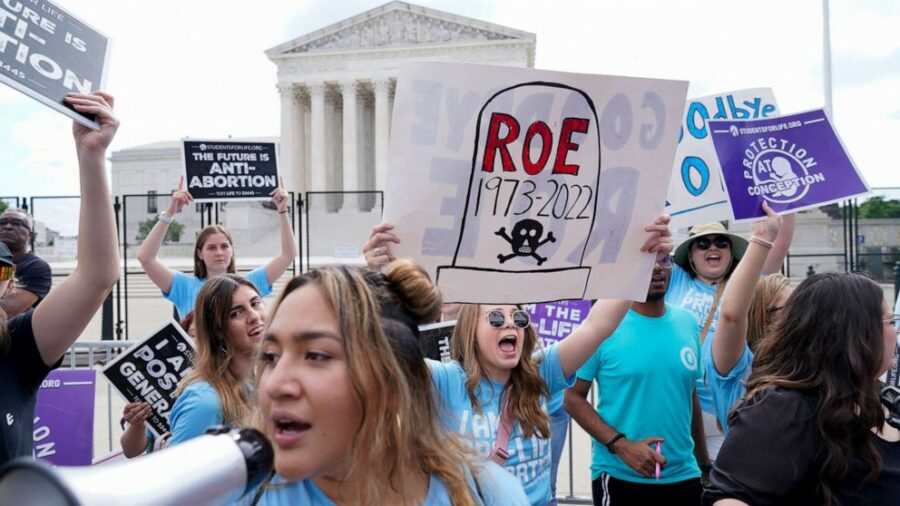 In Texas, where McCorvey resided, it was against the law to have an abortion unless it was essential to preserve the mother’s life. Sarah Weddington and Linda Coffee, two of her attorneys, filed a lawsuit on her behalf in a federal court in the United States against Henry Wade, the district attorney in her community, claiming that Texas’s abortion laws were unconstitutional. The Texas abortion laws were deemed unconstitutional by a three-judge panel of the U.S. District Court for the Northern District of Texas in their favor. The United States Supreme Court heard an appeal from the parties over this decision.
In Texas, where McCorvey resided, it was against the law to have an abortion unless it was essential to preserve the mother’s life. Sarah Weddington and Linda Coffee, two of her attorneys, filed a lawsuit on her behalf in a federal court in the United States against Henry Wade, the district attorney in her community, claiming that Texas’s abortion laws were unconstitutional. The Texas abortion laws were deemed unconstitutional by a three-judge panel of the U.S. District Court for the Northern District of Texas in their favor. The United States Supreme Court heard an appeal from the parties over this decision.
What’s more, as stated in Roe v Wade in 1973
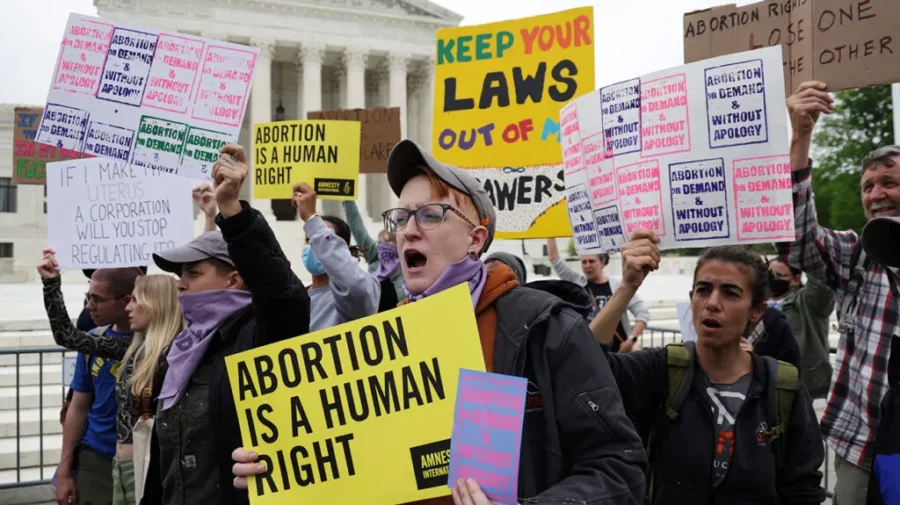 The Due Process Clause of the Fourteenth Amendment to the United States Constitution establishes a fundamental “right to privacy,” which safeguards a pregnant woman’s right to an abortion, according to a 7-2 decision by the Supreme Court on January 22, 1973. The Court did, however, ruled that the right to an abortion is not unqualified and must be weighed against the state’s interests in safeguarding the health of women and unborn children. By setting a trimester timeline that will control all abortion laws in the U.S., the Court was able to reconcile these conflicting interests.
The Due Process Clause of the Fourteenth Amendment to the United States Constitution establishes a fundamental “right to privacy,” which safeguards a pregnant woman’s right to an abortion, according to a 7-2 decision by the Supreme Court on January 22, 1973. The Court did, however, ruled that the right to an abortion is not unqualified and must be weighed against the state’s interests in safeguarding the health of women and unborn children. By setting a trimester timeline that will control all abortion laws in the U.S., the Court was able to reconcile these conflicting interests.
Read More: Roe v. Wade Supreme Court decision 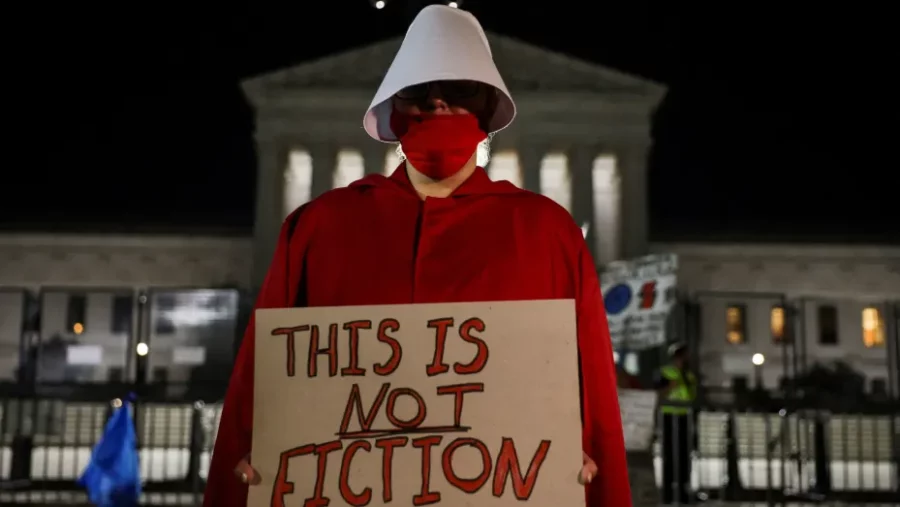 Governments could only mandate that licensed medical professionals carry out abortions during the first trimester. Governments may impose restrictions on abortions during the second trimester, but only to safeguard the health of the mother and not the fetus. Abortions might be controlled and even outlawed beyond viability (the third trimester and the final weeks of the second trimester), but only if the legislation made an exemption for abortions required to save the mother’s “life” or “health.” The Court further categorized the right to an abortion as “fundamental,” which required courts to assess contested abortion restrictions using the strictest possible judicial review standards in the United States.
Governments could only mandate that licensed medical professionals carry out abortions during the first trimester. Governments may impose restrictions on abortions during the second trimester, but only to safeguard the health of the mother and not the fetus. Abortions might be controlled and even outlawed beyond viability (the third trimester and the final weeks of the second trimester), but only if the legislation made an exemption for abortions required to save the mother’s “life” or “health.” The Court further categorized the right to an abortion as “fundamental,” which required courts to assess contested abortion restrictions using the strictest possible judicial review standards in the United States.
Why was the Roe decision by the Supreme Court the most divisive ruling in American history
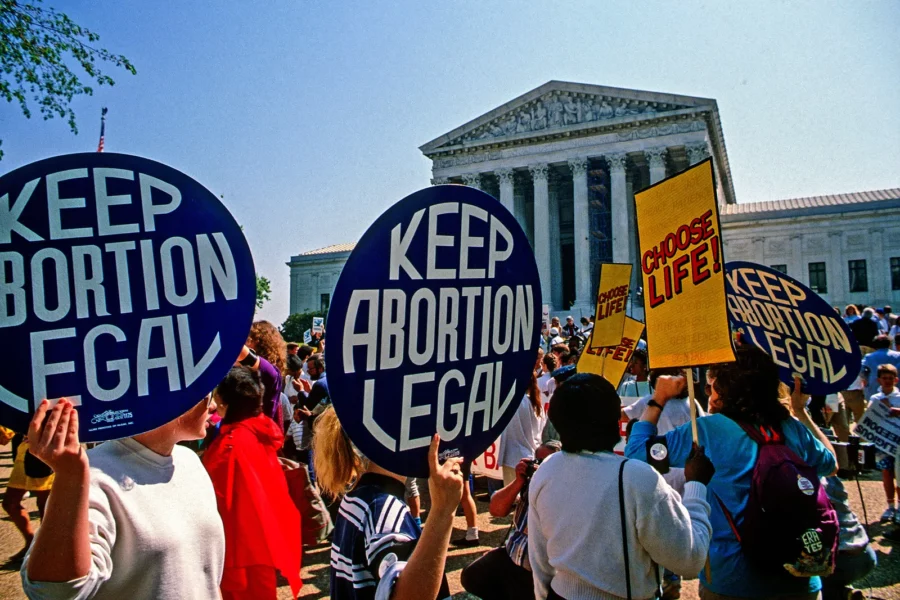 One of the most divisive rulings in American history was the Roe decision by the Supreme Court. For decades, pro-life politicians and activists fought to overturn the judgment. Although Planned Parenthood v. Casey overturned Roe’s trimester framework and dropped Roe’s “strict scrutiny” requirement in favor of a more flexible “undue burden” test, the Supreme Court upheld its “central holding” in that case notwithstanding criticism of Roe. In Dobbs v. Jackson Women’s Health Organization, the Supreme Court overturned Roe on June 24, 2022, ruling that “the Constitution does not provide a right to abortion” and that “the authority to regulate abortion is returned to the people and their elected representatives.”
One of the most divisive rulings in American history was the Roe decision by the Supreme Court. For decades, pro-life politicians and activists fought to overturn the judgment. Although Planned Parenthood v. Casey overturned Roe’s trimester framework and dropped Roe’s “strict scrutiny” requirement in favor of a more flexible “undue burden” test, the Supreme Court upheld its “central holding” in that case notwithstanding criticism of Roe. In Dobbs v. Jackson Women’s Health Organization, the Supreme Court overturned Roe on June 24, 2022, ruling that “the Constitution does not provide a right to abortion” and that “the authority to regulate abortion is returned to the people and their elected representatives.”
What is the history of the Roe v Wade case
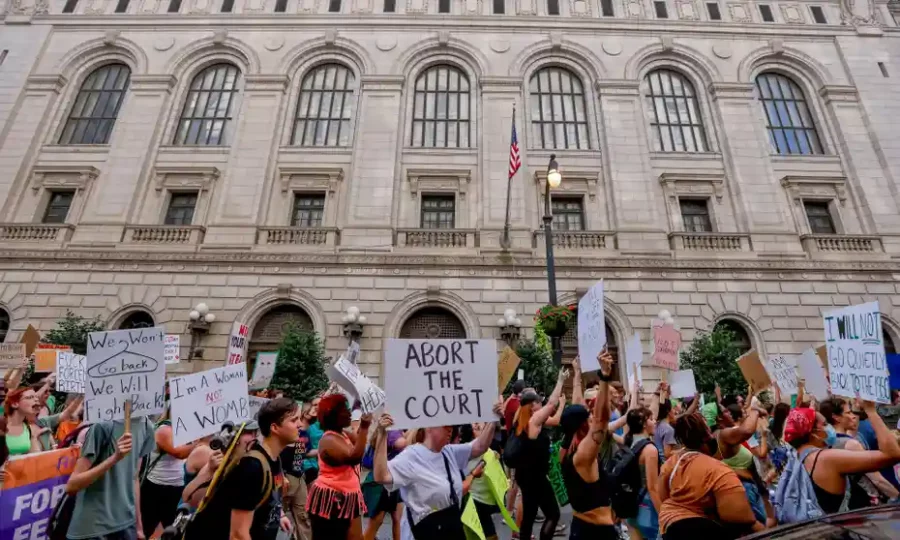 Sarah Weddington hired Linda Coffee to assist her with a legal case involving abortion. A married couple filed a claim as their first plaintiffs after hearing Coffee speak. The anticipated lawsuit would claim that the woman needed an abortion for medical reasons. They did not want to refrain from sex, and contraception might not work, even though it was medically vital for the woman to avoid getting pregnant or having children due to a neurochemical condition. Since the woman was not pregnant, the attorneys were anxious about their standing. They “needed to identify a pregnant Texas woman who desired an abortion and would be willing to be a plaintiff,” Weddington later wrote.
Sarah Weddington hired Linda Coffee to assist her with a legal case involving abortion. A married couple filed a claim as their first plaintiffs after hearing Coffee speak. The anticipated lawsuit would claim that the woman needed an abortion for medical reasons. They did not want to refrain from sex, and contraception might not work, even though it was medically vital for the woman to avoid getting pregnant or having children due to a neurochemical condition. Since the woman was not pregnant, the attorneys were anxious about their standing. They “needed to identify a pregnant Texas woman who desired an abortion and would be willing to be a plaintiff,” Weddington later wrote. 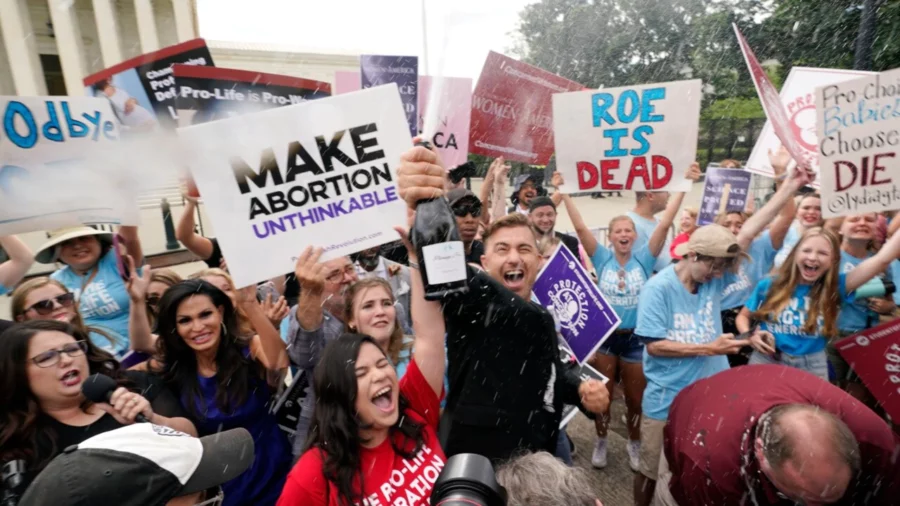 Additionally, they intended to raise the possibility that the panel’s selection would support their legal victory. It was only possible by launching a case in Dallas that they could submit their argument to a three-judge panel that included a judge they believed to be sympathetic. They expected to request that the other case be consolidated with the other if either of the two lawsuits they filed in Dallas was assigned favorably.
Additionally, they intended to raise the possibility that the panel’s selection would support their legal victory. It was only possible by launching a case in Dallas that they could submit their argument to a three-judge panel that included a judge they believed to be sympathetic. They expected to request that the other case be consolidated with the other if either of the two lawsuits they filed in Dallas was assigned favorably.
Read More: Elon Musk Red Wave Prediction in 2022
McCorvey’s case met the criteria for an exception to the no-solicitation rule
McCorvey’s case met the criteria for an exception to the no-solicitation rule, which permits lawyers to directly approach prospective clients for public interest issues even though they have no prior relationship. According to a 2003 sworn declaration, McCorvey questioned whether she had the documents necessary to join the Weddington and Coffee litigation. She recalled hearing, “Yes. You are white. You desire an abortion because you are young, pregnant. The attorneys’ decision to use McCorvey as their plaintiff was heavily influenced by her race. 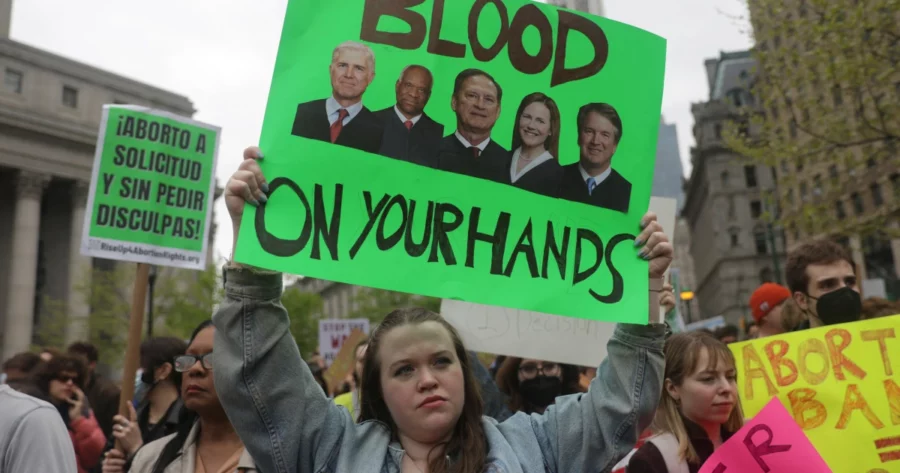 She recalled that the lawyers also inquired about McCorvey’s opinion on whether abortion should be permitted. McCorvey claimed that she was unaware. According to Weddington, “Just a shred of tissue. Your period was nearly missed.” This persuaded McCorvey to support legalizing abortion. In the hope that she would finally be able to obtain a legal abortion, she consented to let them represent her. She smoked an illicit substance and drank alcohol to avoid thinking about her pregnancy. On June 2, 1970, McCorvey gave birth to a daughter at the Dallas Osteopathic Hospital; a Texas couple later adopted the child.
She recalled that the lawyers also inquired about McCorvey’s opinion on whether abortion should be permitted. McCorvey claimed that she was unaware. According to Weddington, “Just a shred of tissue. Your period was nearly missed.” This persuaded McCorvey to support legalizing abortion. In the hope that she would finally be able to obtain a legal abortion, she consented to let them represent her. She smoked an illicit substance and drank alcohol to avoid thinking about her pregnancy. On June 2, 1970, McCorvey gave birth to a daughter at the Dallas Osteopathic Hospital; a Texas couple later adopted the child.
Under the legal alias “Jane Roe,” Coffee and Weddington filed Does v. Wade and Roe v. Wade in 1970 on behalf of the married couple in the United States District Court for the Northern District of Texas
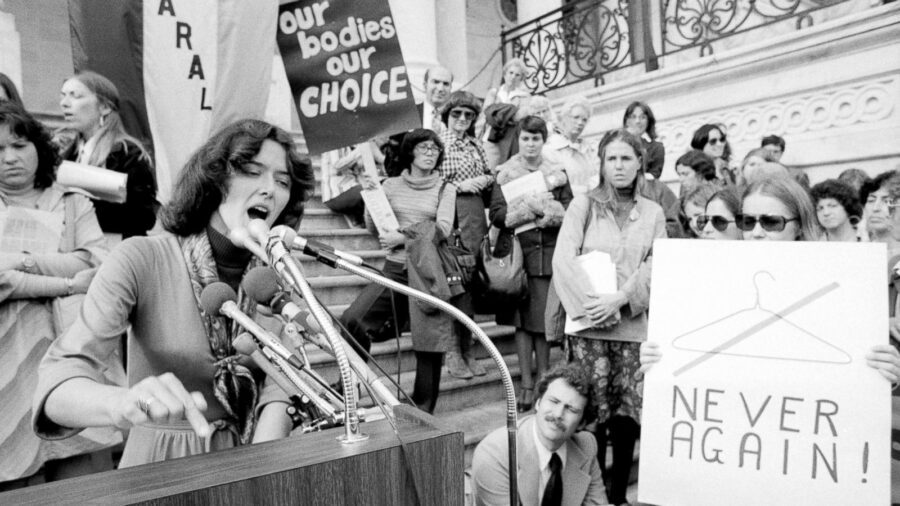 Under the legal alias “Jane Roe,” Coffee and Weddington filed Does v. Wade and Roe v. Wade in 1970 on behalf of the married couple in the United States District Court for the Northern District of Texas. Dallas County District Attorney Henry Wade, representing the State of Texas, was the defendant in both instances. In a later interview, Weddington said that she “viewed Roe as part of a much wider effort by many attorneys,” whose combined interests she represented.
Under the legal alias “Jane Roe,” Coffee and Weddington filed Does v. Wade and Roe v. Wade in 1970 on behalf of the married couple in the United States District Court for the Northern District of Texas. Dallas County District Attorney Henry Wade, representing the State of Texas, was the defendant in both instances. In a later interview, Weddington said that she “viewed Roe as part of a much wider effort by many attorneys,” whose combined interests she represented.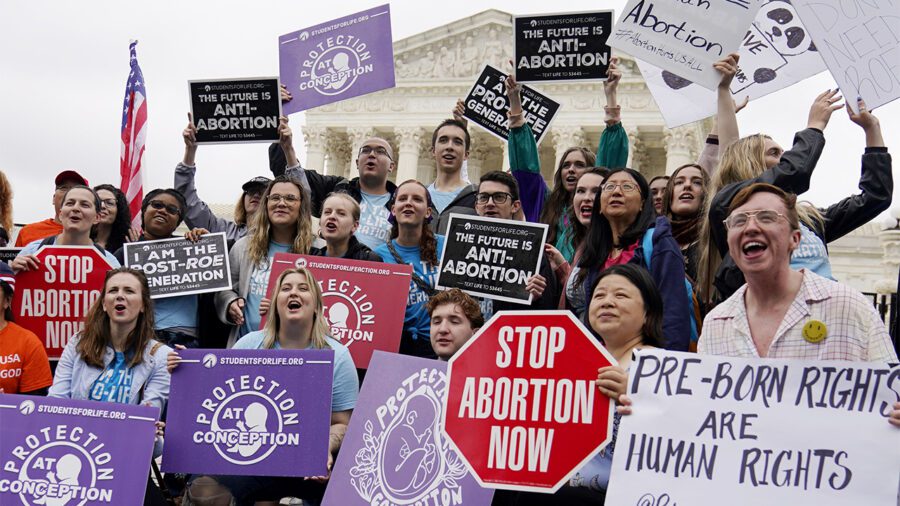 A doctor named James H. Hallford was being investigated for performing two abortions. He was permitted by the Court to intervene in the case as Jane Roe’s doctor. The cases were merged, and one of the cases was assigned to a panel of judges that included Judge Sarah T. Hughes, who they believed to be sympathetic. According to the norms of the Court, two of the judges appointed to hear the combined case were picked based on their judicial district, and the third member on the panel was a circuit court judge selected by the Chief Justice of the appellate Court.
A doctor named James H. Hallford was being investigated for performing two abortions. He was permitted by the Court to intervene in the case as Jane Roe’s doctor. The cases were merged, and one of the cases was assigned to a panel of judges that included Judge Sarah T. Hughes, who they believed to be sympathetic. According to the norms of the Court, two of the judges appointed to hear the combined case were picked based on their judicial district, and the third member on the panel was a circuit court judge selected by the Chief Justice of the appellate Court.
Judges Sarah T. Hughes and William McLaughlin Taylor Jr. of the district court and appellate judge Irving Loeb Goldberg made up the three-judge panel that heard the combined lawsuit.
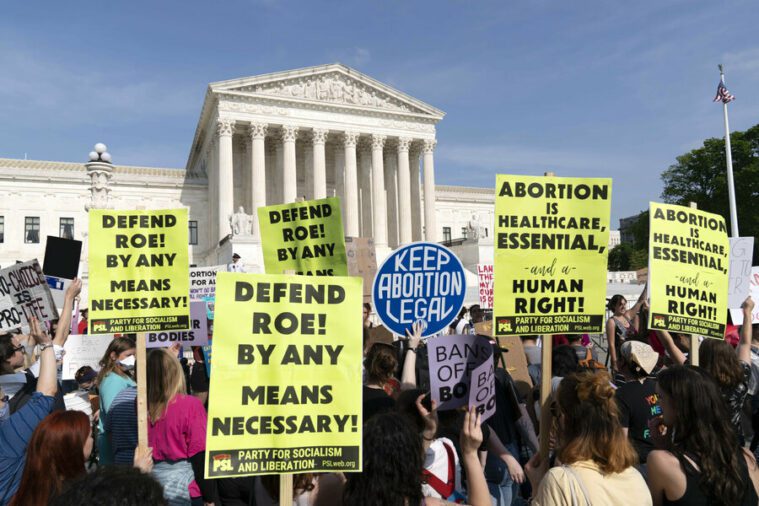 Judges Sarah T. Hughes and William McLaughlin Taylor Jr. of the district court and appellate judge Irving Loeb Goldberg of the U.S. Court of Appeals for the Fifth Circuit made up the three-judge panel that heard the combined lawsuit. Coffee, a secretary for her from 1968 to 1969, was known to Hughes. Weddington and Coffee also had hope for success because of the backgrounds of the other two judges.
Judges Sarah T. Hughes and William McLaughlin Taylor Jr. of the district court and appellate judge Irving Loeb Goldberg of the U.S. Court of Appeals for the Fifth Circuit made up the three-judge panel that heard the combined lawsuit. Coffee, a secretary for her from 1968 to 1969, was known to Hughes. Weddington and Coffee also had hope for success because of the backgrounds of the other two judges.
The three judges reached a unanimous decision on McCorvey’s behalf on June 17, 1970, declaring the Texas legislation illegal because it went against the Ninth Amendment’s guarantee of the right to privacy. The Court cited Justice Arthur Goldberg’s concurring opinion from 1965’s Griswold v. Connecticut case. The Court, however, turned down a request for an injunction to prevent the law’s enforcement and dismissed the case against the married couple because they lacked standing. The absence of an injunction prevented McCorvey from having an abortion since Wade stated that he would continue to punish those who perform abortions. 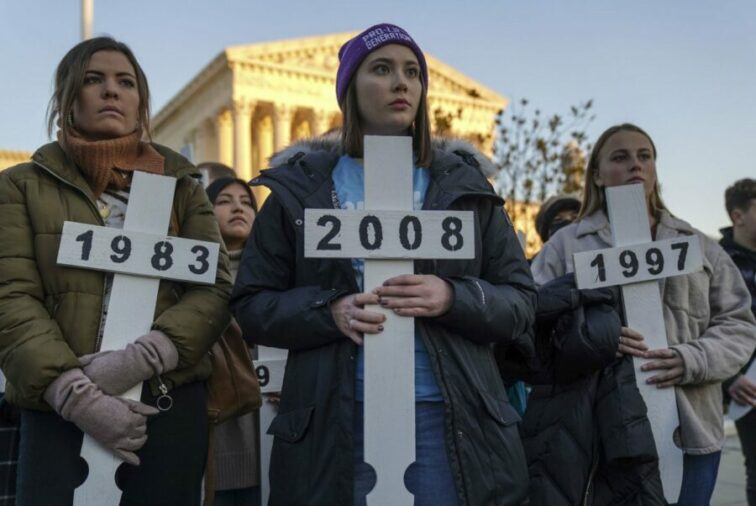
In 1970, after each party appealed, the Supreme Court heard the case of Roe v. Wade
In 1970, after each party appealed, the Supreme Court heard the case of Roe v. Wade. Instead of being renamed Wade v. Roe, the case remained Roe v. Wade. The justices waited to rule on Roe and a closely connected case, Doe v. Bolton, until they resolved a few other issues. Younger v. Harris was one of the cases they resolved initially. In the justices’ opinion, the appeals addressed challenging issues about judicial jurisdiction. In a different case, United States v. Vuitch, the constitutionality of a District of Columbia law that outlawed abortion except in cases where the mother’s life or health was in danger was examined. The Court upheld the law because the term “health” was not unconstitutionally ambiguous, and the prosecutor, not the abortionist, had the burden of proving that the mother’s life or health was in danger. 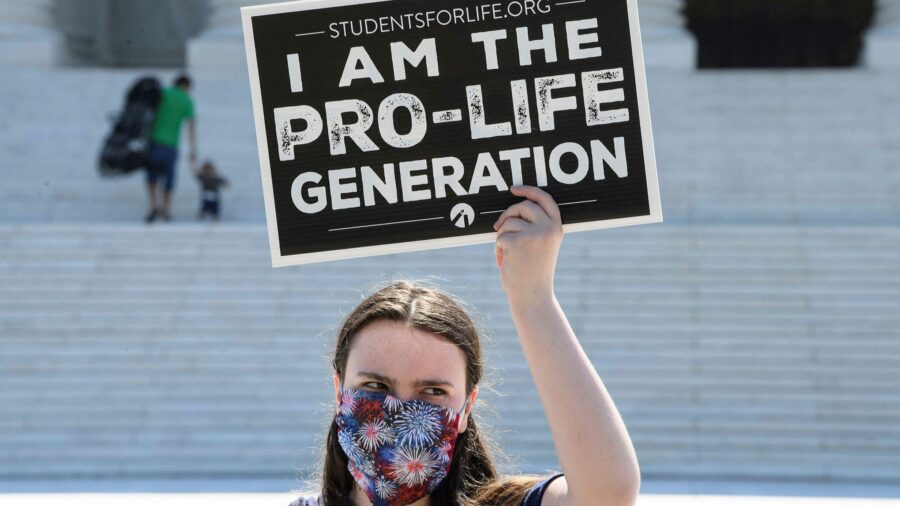
Justice William O. Douglas addressed that “on the other side is the belief of many that the fetus, once formed, is a member of the human family and also that mere personal inconvenience cannot justify the destruction of the fetus”
Justice William O. Douglas provided a thorough dissent in this case. Although he addressed that “on the other side is the belief of many that the fetus, once formed, is a member of the human family and also that mere personal inconvenience cannot justify the destruction of the fetus,” he argued that the right to marital privacy and the restriction on the family size from Griswold v. Connecticut also applied here. Asking if “health” might also include the stigma associated with having an unwed child, worry over the unwanted pregnancy, the physical labor of raising a child, the financial burden of adding another child, and distant health risks that might never manifest similarly to how risks were averted with prophylactic appendectomy. 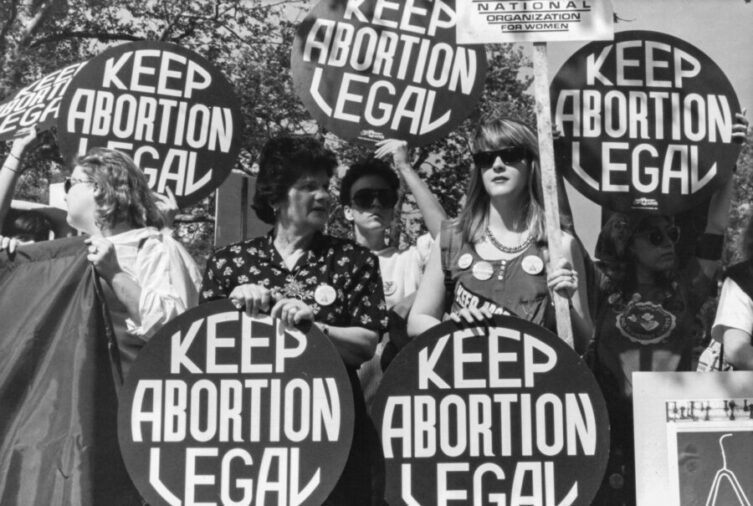 Two years later, in Roe v. Wade, the same legal justification was offered in Douglas’s dissent. The Court decided to hear both Roe and Doe the day after they made their decision public. Blackmun asserts that Stewart believed the cases were an obvious application of Younger v. Harris and that enough justices were willing to hear the cases to determine whether they would be appropriate for federal rather than state courts. This type of evaluation was not concerned with the legality of abortion and was not supported by any facts, witnesses, or supporting evidence. The Full Court set December 13 as the date for the oral argument.
Two years later, in Roe v. Wade, the same legal justification was offered in Douglas’s dissent. The Court decided to hear both Roe and Doe the day after they made their decision public. Blackmun asserts that Stewart believed the cases were an obvious application of Younger v. Harris and that enough justices were willing to hear the cases to determine whether they would be appropriate for federal rather than state courts. This type of evaluation was not concerned with the legality of abortion and was not supported by any facts, witnesses, or supporting evidence. The Full Court set December 13 as the date for the oral argument.
Justices Hugo Black and John Marshall Harlan II left the bench before the Court could hear the oral argument. Roe and Doe, among other cases, were among those that Chief Justice Warren Burger urged Justices Potter Stewart and Blackmun to decide whether or not the case should be heard as scheduled. They suggested that the Court proceed as scheduled.
The Supreme Court overturned the Texas abortion ban on January 22, 1973
 The Texas abortion ban was overturned by the Supreme Court on January 22, 1973, in a 7-2 ruling in favor of “Jane Roe” (Norma McCorvey), who argued that women in the U.S. had a basic right to choose whether to have abortions without undue government interference. Doe v. Bolton, a case involving a related challenge to Georgia’s abortion regulations, was decided concurrently with this one. Powell’s legal assistant Larry Hammond sent a Time reporter a copy of the judgment “on background,” anticipating that the Court would issue it before publishing the following issue of time.
The Texas abortion ban was overturned by the Supreme Court on January 22, 1973, in a 7-2 ruling in favor of “Jane Roe” (Norma McCorvey), who argued that women in the U.S. had a basic right to choose whether to have abortions without undue government interference. Doe v. Bolton, a case involving a related challenge to Georgia’s abortion regulations, was decided concurrently with this one. Powell’s legal assistant Larry Hammond sent a Time reporter a copy of the judgment “on background,” anticipating that the Court would issue it before publishing the following issue of time. 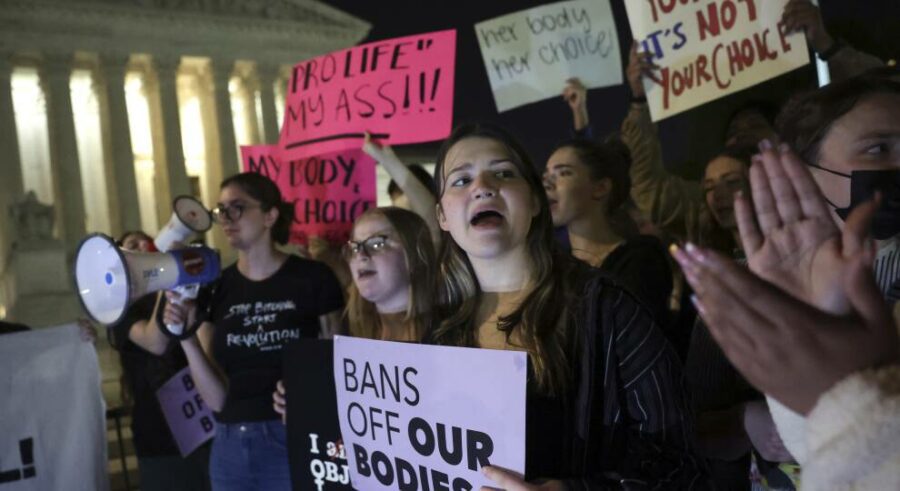 However, the text of the ruling surfaced on newsstands a few hours before the Court officially published it due to a delay in its dissemination. Burger wanted a meeting with the editors of time and called for the leaker to be punished. However, Powell rejected Hammond’s resignation because “the reporter had double-crossed Hammond.” After addressing mootness and standing, the Court then moved on to the case’s primary question, the validity of Texas’s abortion ban. The Court began by reviewing the status of abortion throughout the development of Roman law and Anglo-American common law. It also examined the advancements in technology and medical practices related to abortions.
However, the text of the ruling surfaced on newsstands a few hours before the Court officially published it due to a delay in its dissemination. Burger wanted a meeting with the editors of time and called for the leaker to be punished. However, Powell rejected Hammond’s resignation because “the reporter had double-crossed Hammond.” After addressing mootness and standing, the Court then moved on to the case’s primary question, the validity of Texas’s abortion ban. The Court began by reviewing the status of abortion throughout the development of Roman law and Anglo-American common law. It also examined the advancements in technology and medical practices related to abortions.
Supporting Roe while also advocating for abortion rights
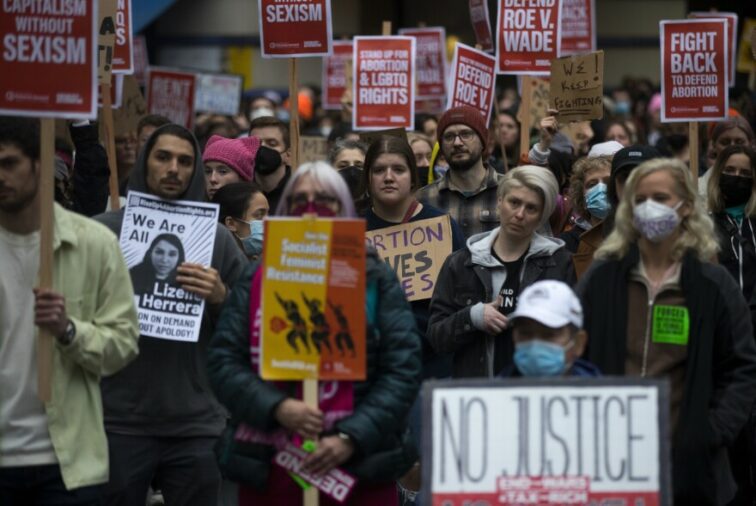 Many 2021 Women’s March speakers lamented the impending threat to Roe. The population control and abortion rights groups teamed up in the 1960s. Younger women were particularly pro-abortion in the population control movement. Feminists, who sought a piece of the popularity already enjoyed by the population control movement, were primarily responsible for the partnership. Additionally, proponents of population control believed that making abortion legal would aid in resolving the impending population catastrophe that demographers had predicted.
Many 2021 Women’s March speakers lamented the impending threat to Roe. The population control and abortion rights groups teamed up in the 1960s. Younger women were particularly pro-abortion in the population control movement. Feminists, who sought a piece of the popularity already enjoyed by the population control movement, were primarily responsible for the partnership. Additionally, proponents of population control believed that making abortion legal would aid in resolving the impending population catastrophe that demographers had predicted. 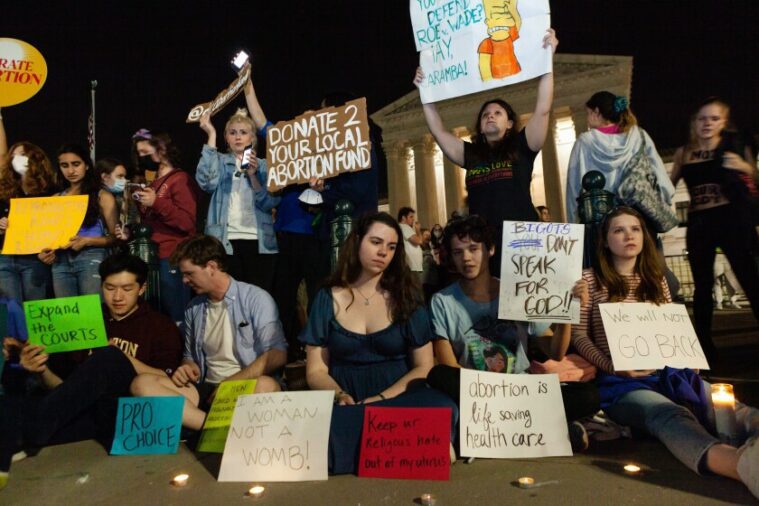 Following Roe, the Population Crisis Committee founded by Hugh Moore and the Population Council founded by John Rockefeller III officially endorsed abortion rights in 1973. Previously, less well-known groups like Zero Population Growth provided public support for abortion rights within the population control movement. Planned Parenthood-World Population was an anomaly, as it advocated for removing all anti-abortion laws in 1969. Population control and pro-abortion activists emphasized the advantages of legalized abortion, including lower welfare expenditures, fewer unintended pregnancies, and slowed population growth.
Following Roe, the Population Crisis Committee founded by Hugh Moore and the Population Council founded by John Rockefeller III officially endorsed abortion rights in 1973. Previously, less well-known groups like Zero Population Growth provided public support for abortion rights within the population control movement. Planned Parenthood-World Population was an anomaly, as it advocated for removing all anti-abortion laws in 1969. Population control and pro-abortion activists emphasized the advantages of legalized abortion, including lower welfare expenditures, fewer unintended pregnancies, and slowed population growth.
Abortion rights support but opposition to Roe
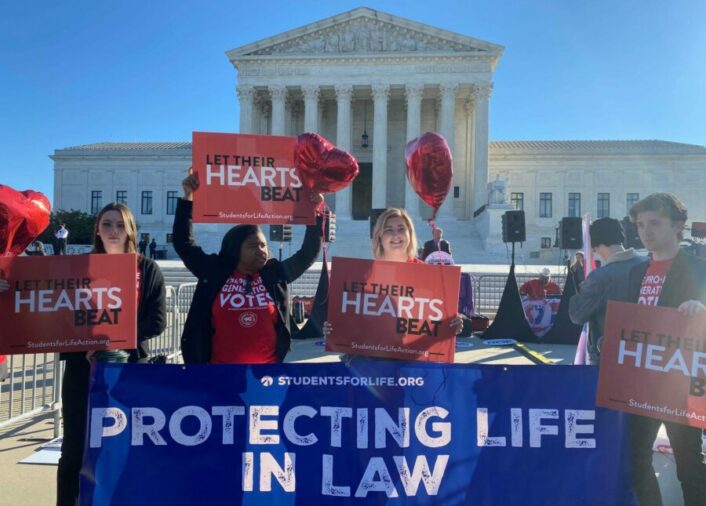 Some pro-choice advocates disagree with Roe v. Wade because it established abortion as a civil right rather than a human right. It is more expansive and calls for government agencies to take proactive steps to guarantee every woman has access to abortion. This specific stance is denoted by the replacement of past rhetoric based on “choice,” such as the “pro-choice” term, with rhetoric about “reproductive justice.”
Some pro-choice advocates disagree with Roe v. Wade because it established abortion as a civil right rather than a human right. It is more expansive and calls for government agencies to take proactive steps to guarantee every woman has access to abortion. This specific stance is denoted by the replacement of past rhetoric based on “choice,” such as the “pro-choice” term, with rhetoric about “reproductive justice.”
Proponents of reproductive justice argue that unequal circumstances that allow for choice perpetuate oppression and further divide women. Instead, proponents of reproductive justice want abortion to be viewed as an affirmative right that the government must ensure all people have access to, regardless of their race, socioeconomic status, or location. With a broader understanding of the right to an abortion, it would be possible to mandate that all newly licensed obstetricians support abortion rights, lest they use conscience exceptions and refuse to conduct abortions in their professional duties. The Supreme Court ruled against an affirmative right to nontherapeutic abortions in Webster v. Reproductive Health Services in 1989 and highlighted that states would not be obligated to pay for them. 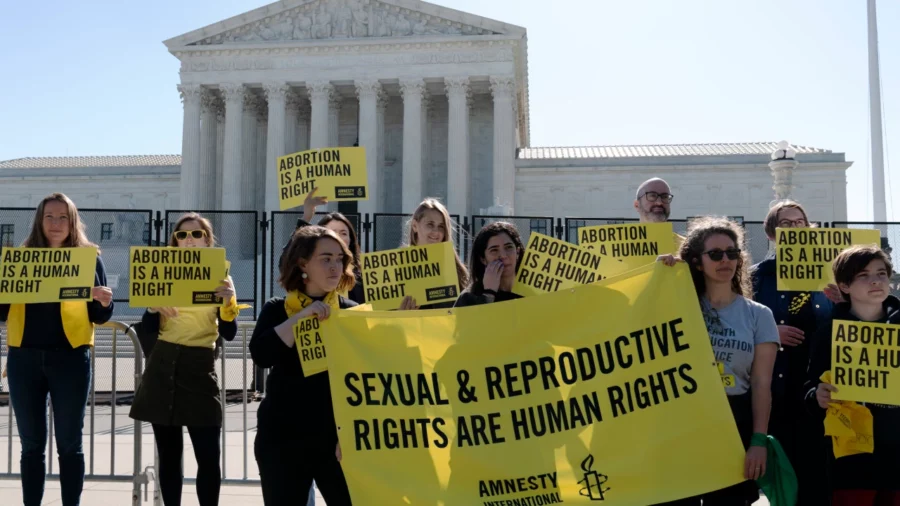
Abortion and anti-Roe sentiment
On the anniversary of the ruling, pro-lifers march in Washington, D.C.’s March for Life up Constitution Avenue to the Supreme Court Building. Up till 2010, about 250,000 people participated in the march. According to estimates, 400,000 people attended each marches in 2011 and 2012, while 650,000 people attended the 2013 March for Life. Roe’s detractors claim that the ruling lacks a solid constitutional basis. Like the Roe dissenters, they contend that the Constitution is silent on the matter and that state legislatures and the legislative process are the ideal places to find appropriate answers to the issue rather than through a broad pronouncement from the Supreme Court. 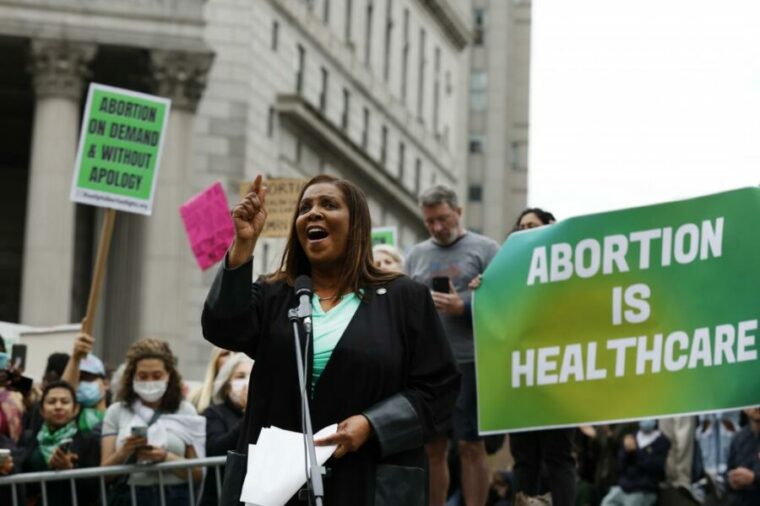 In the absence of agreement on the beginning of meaningful life, avoiding the possibility of harming is preferable, according to a well-known argument against the Roe judgment. Most states passed or attempted to pass laws restricting or regulating abortion in response to Roe v. Wade, including those requiring parental consent or parental notification for minors seeking abortions; laws requiring spousal mutual consent; laws requiring spousal notification; laws requiring abortions to be performed in hospitals rather than clinics; laws prohibiting state funding for abortions; laws prohibiting intact dilation and extraction, also known as partial-birth abortion; and laws requiring waiting periods before seeking an abortion.
In the absence of agreement on the beginning of meaningful life, avoiding the possibility of harming is preferable, according to a well-known argument against the Roe judgment. Most states passed or attempted to pass laws restricting or regulating abortion in response to Roe v. Wade, including those requiring parental consent or parental notification for minors seeking abortions; laws requiring spousal mutual consent; laws requiring spousal notification; laws requiring abortions to be performed in hospitals rather than clinics; laws prohibiting state funding for abortions; laws prohibiting intact dilation and extraction, also known as partial-birth abortion; and laws requiring waiting periods before seeking an abortion.
Table of Contents





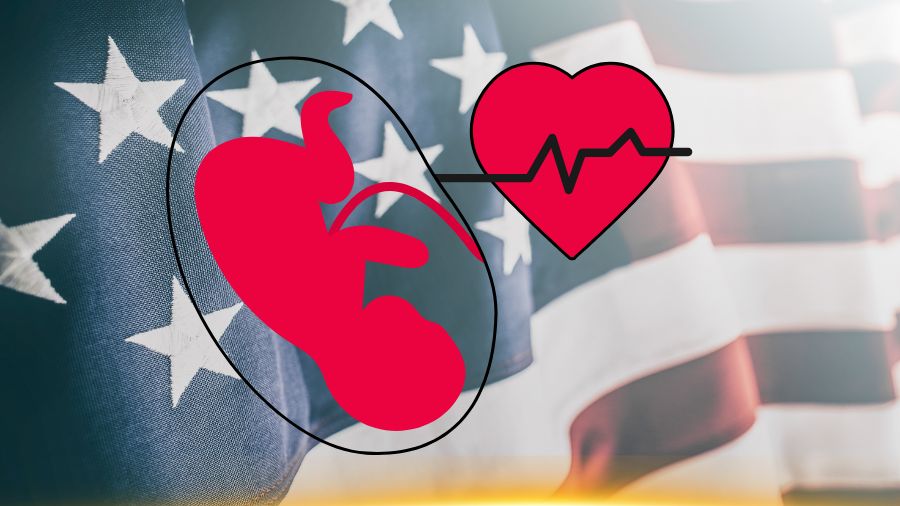

Add Comment